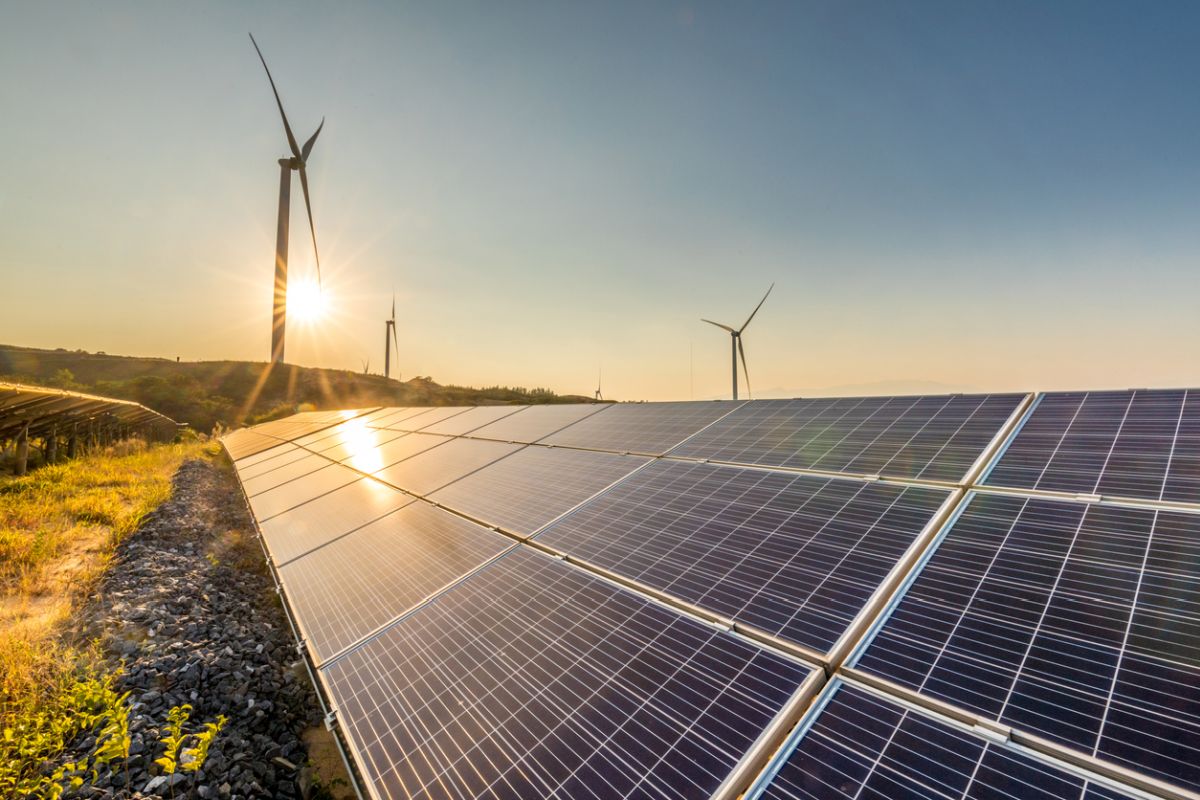Adani Group to build world’s largest renewable energy project in Gujarat
AGEL currently has an operating portfolio of 10,934 megawatts, and is targeting 45 GW of renewable energy capacity by 2030.
According to their projection, the 850-MW supply can displace an annual consumption of around 1.4 million tons of coal or 930,000 liters of oil.

India presides over 5th assembly of International Solar Alliance
Between the end of this year and Dec. 25, 2025, an additional 2,000 megawatts (MW) of clean or renewable energy (RE) will be added to the country’s power mix. This will come from the successful auction conducted by the Department of Energy (DOE) under the Green Energy Auction Program (GEAP) just before the change in government last month. The DOE offered 1,260 MW for solar, 380 MW for wind, 130 MW for hydro, and 230 MW for biomass. The Energy Regulatory Commission earlier set the GEAP price ceilings for solar at P3.6779 per kilowatthour (kWh), wind at P6.0584, biomass at P5.0797, and run-of-river hydro at P5.4913. The interest is there among investors. The auction attracted 24 qualified bidders, eight each for solar and wind, seven for hydro, and one for biomass. It is laudable that the government is finally focusing on solar, which has the cheapest price among the RE sources and provides a host of benefits to the country and its people.
Since the passage of the Renewable Energy Act in 2008, there has been much hope for solar energy. In a DOE policy brief in 2012, it was argued that solar energy should become an important part of the energy mix for economic, energy, and environmental reasons. “Solar power creates an energy-secure Philippines as harnessing solar power is one way to decrease dependence on the increasing and volatile prices of fossil fuels. Solar energy already supplies significant power worldwide and solar technologies have been tried and tested around the world, with advancements bringing down the price globally,” it said. It added that solar energy makes sense for consumers, noting that it provides an immediate solution to the country’s energy woes as it is the only cost-effective technology that can be installed and commissioned in as short as a few days to a few months. Falling costs also make solar popular with consumers.
For the average household using 300 kWh a month, the price for getting clean energy is less than P1 a month, the policy brief noted. It went on to cite more benefits from harnessing the sun’s energy. Solar creates jobs and allows greater access to energy as it can be deployed in rural areas, particularly in far-flung, off-grid barangays. New solar projects also mean fresh investments that will result in additional revenue for the government. Solar is not only a free energy resource, but it is also the most environment-friendly energy solution. The outlook for solar is indeed shining brighter now for the country. Ports tycoon Enrique Razon Jr. last month disclosed plans to put up the world’s biggest solar power facility in the Philippines with a capacity of 2,500 to 3,500 MW, along with a massive battery energy storage system. The project will be undertaken in partnership with Solar Philippines Power Project Holdings Inc. of businessman Leandro Leviste. About 600 MW will be available by 2026, and an additional 250 MW in 2027.
According to their projection, the 850-MW supply can displace an annual consumption of around 1.4 million tons of coal or 930,000 liters of oil. The government can also focus support on the creation of more agro solar farms to reduce dependence on fossil fuel-run power plants and at the same time help farmers, who are among the most neglected in society. The Arayat-Mexico solar power plant in Pampanga, a joint venture of Ayala’s AC Energy and Citicore Power Inc., can serve as model as it has been empowering agricultural communities through agro solar farms. As Citicore Power Inc. president Oliver Tan said: “We have been finding ways to co-exist with the agricultural development of the barangays so we do not displace farmers. (Under the solar panels), we plant high value crops like turmeric and yellow ginger.
Advertisement
Advertisement